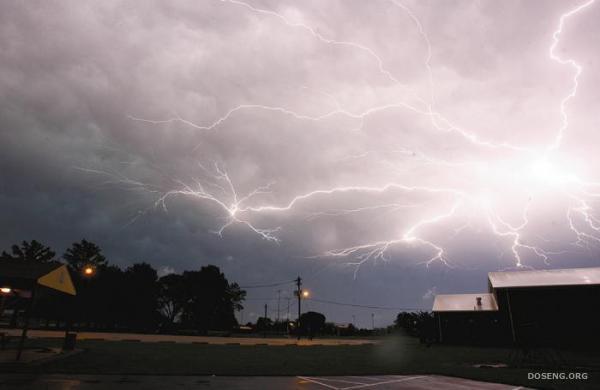

Uman of the University of Florida in Gainesville, who has studied lightning for some 30 years. Those include matter-antimatter annihilations, clumps of the exotic dark matter of the universe, and spontaneous bursts of nuclear fusion.īall lightning has a big kook following and a scientific following because its one of the great unexplained mysteries, says Martin A. In recent years, as science failed to decipher the phenomenon, pseudoscientific explanations have abounded. A Russian databank includes about 10,000 reports from the past several decades. In all the models, the aerosols action is critical in explaining the litany of often astonishing eyewitness accounts.ĭocumented sightings of ball lightning date back to the Middle Ages. Another contends that the aerosol is an acid mist and that it encloses a gaseous, hot core of reactive chemicals. Some of the theorists, however, picture a radiant network of filaments–a fluff ball of fire, as one scientist described it. The particles react chemically and interact electromagnetically. These researchers agree that an aerosol, a suspension of fine particles in air, is present in the balls. What happens next depends on the theorist. Most eyewitness reports point to ordinary lightning as the trigger, but other electric discharges have also been implicated. Lately, however, a small group of researchers has developed theories and reported experimental results that appear to explain some features of ball lightning that previous models couldnt account for. Others burst with sharp bangs and fiery streamers.ĭespite half-a-millenniums worth of anecdotal reports and two centuries of scientific investigations, no one yet can say for sure just what ball lightning is. Some balls flick out in silence, like a lamp turning off.

As it travels, the fiery sphere may destroy electrical equipment, ignite fires, and even singe animals or people.Īfter only 10 seconds or so, the apparition typically vanishes abruptly. Utility poles, and skitter along power lines. The ball may also roll or bounce along the ground, climb The globe may be larger than a beach ball and dart through the air, perhaps hovering occasionally as if considering its next move. Imagine a glowing orb suddenly materializing in front of you, possibly sizzling or exuding a bluish mist and an acrid smell. Not many people get to see ball lightning, but those who do never forget it. The ball survived for almost half a second. In a Russian experiment, a floating, baseball-size fireball coalesces from vapors of wax and resin that were disintegrated by an electric discharge. Abrahamson BALL OF NANOTWINE? An electron microscope image of residue on a filter from vaporized soil shows filaments of nanoscale particles, such as those proposed in a ball lightning theory. It lasted surprisingly long, about 5 minutes. An extraordinarily large–about 100 meters in diameter–object presumed to be ball lightning was caught on film by a park ranger in Australia.


 0 kommentar(er)
0 kommentar(er)
